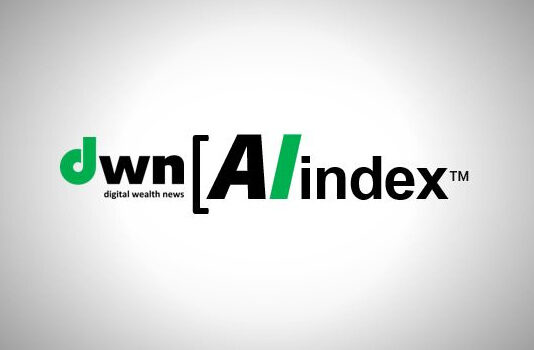
Artificial intelligence is a great problem solver. In recent years, it’s ability to find patterns and develop personalized treatments and solutions has surpassed the skills of human practitioners, opening up new possibilities for a healthier, more intelligent, more capable—and better—world.
Read More: AI EDUCATION: Can AI Really Dissolve Dyslexia?










